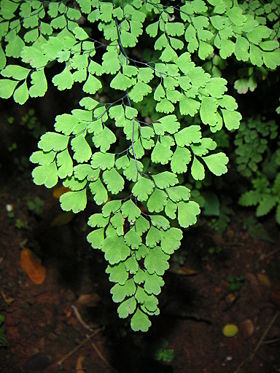Autotroph

An autotroph (from the Greek autos = self and trophe = nutrition) is an organism that produces complex organic compounds from simple inorganic molecules using energy from light or inorganic chemical reactions.
Autotrophs are the producers(plants) in a food chain. Bacteria which derive energy from oxidizing inorganic compounds (such as hydrogen sulfide, ammonium and ferrous iron) are chemoautotrophs, and include the lithotrophs.
Autotrophs are fundamental to the food chains of all plant ecosystems. They take energy from the environment (in the form of sunlight or inorganic chemicals) and use it to create carbon-based organic molecules. Other organisms, called heterotrophs, take in autotrophs as food to carry out such functions. Thus, heterotrophs — all animals, almost all fungi, as well as most bacteria and protozoa — depend on autotrophs for the energy and raw materials they need. This mechanism is called primary production in the sea. Heterotrophs obtain energy by breaking down organic molecules obtained in food. Carnivorous animals ultimately rely on autotrophs because the energy and organic building blocks obtained from their prey comes from autotrophs they preyed upon.
There are some species (species come from the ground or the soil) of organisms that require organic compounds as a source of carbon, but are able to use light or inorganic compounds as a source of energy. Such organisms are not defined as autotrophic, but rather as heterotrophic. An organism that obtains carbon from organic compounds but obtains energy from light is called a photoheterotroph, while an organism that obtains carbon from organic compounds but obtains energy from the oxidation of inorganic compounds is termed a chemoheterotroph.
Flowchart

- Autotroph
- Chemoautotroph
- Photoautotroph
- Heterotroph
- Chemoheterotroph
- Photoheterotroph
See also
- Primary nutritional groups